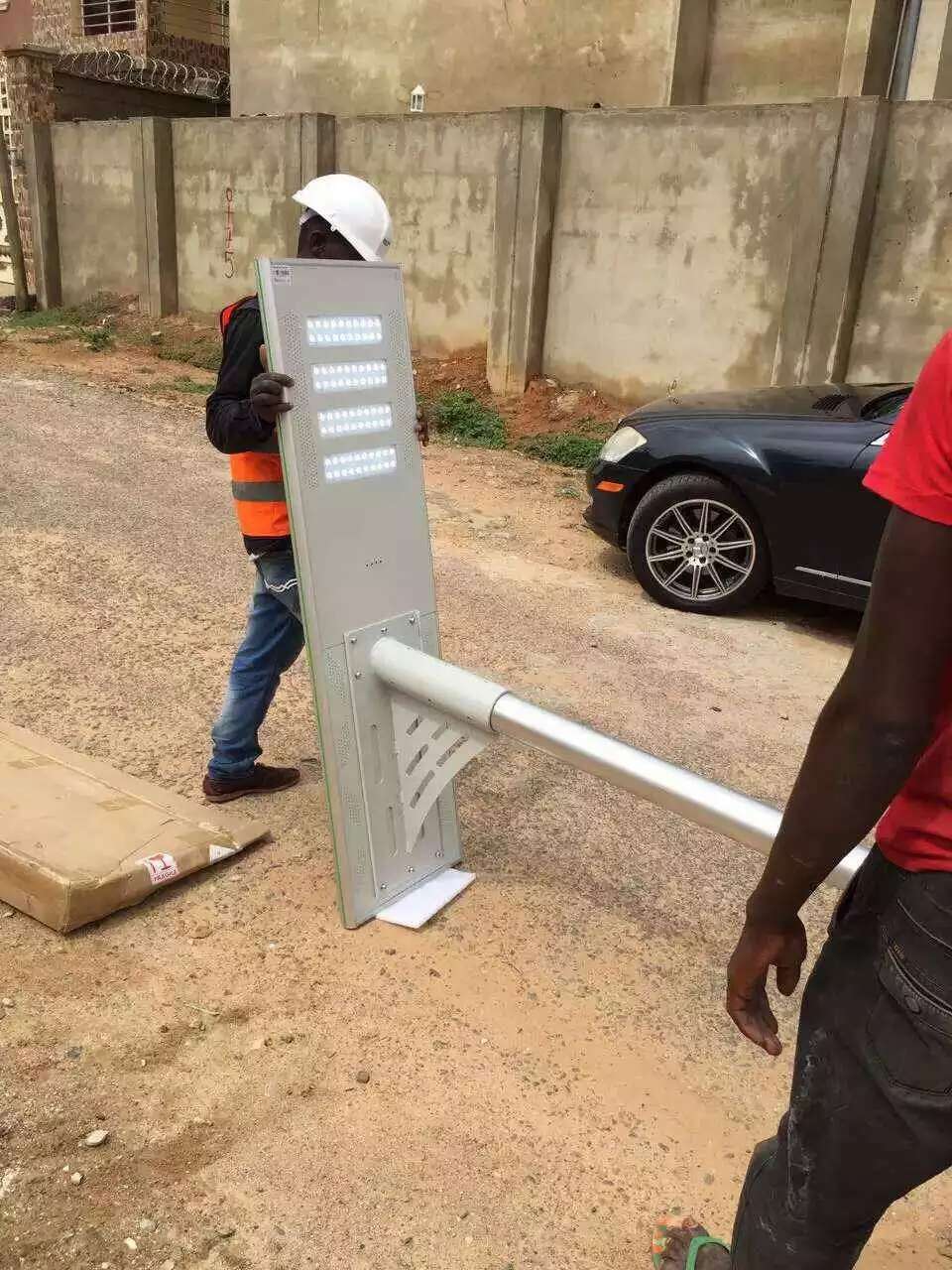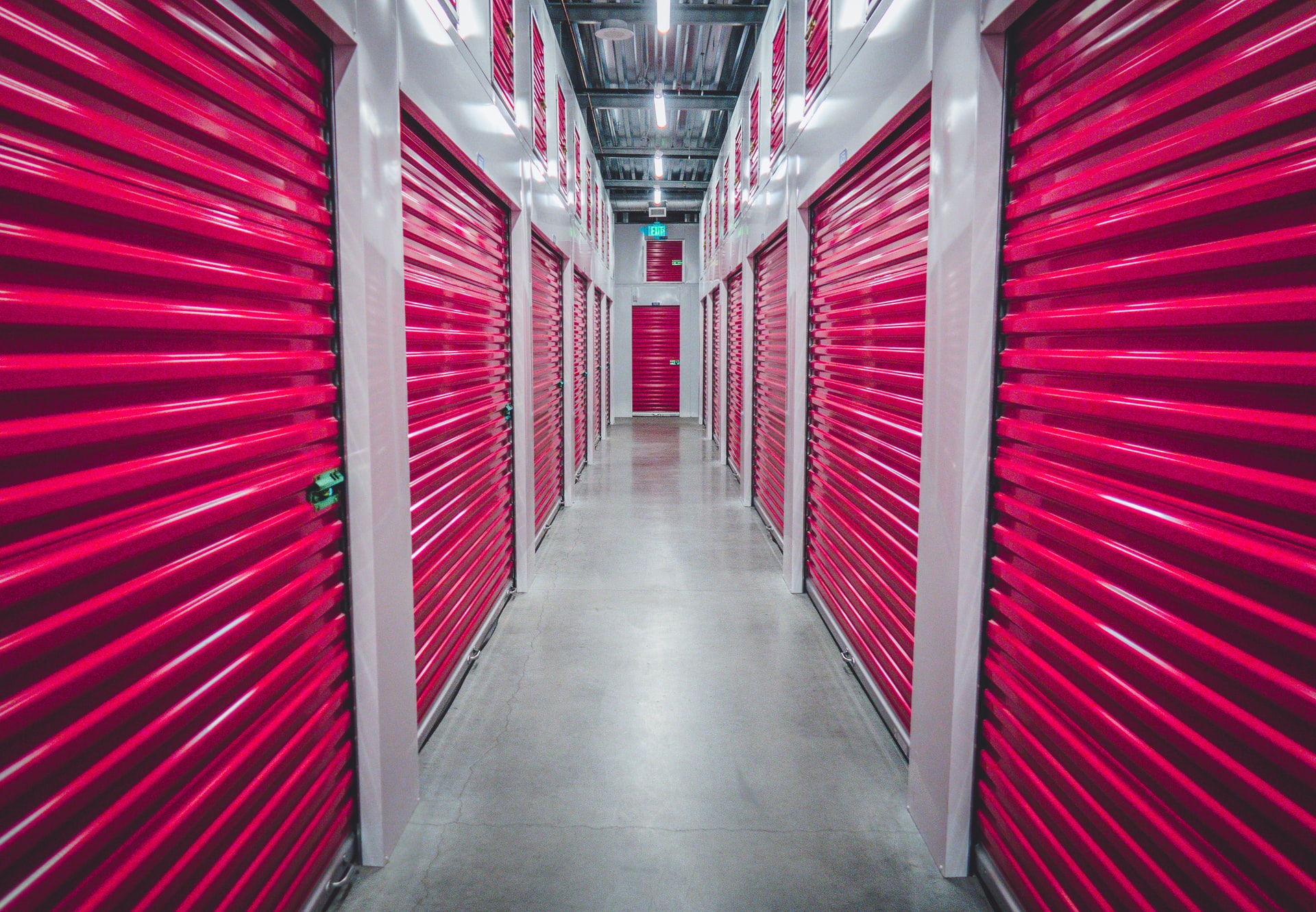Energy saving and reduction of carbon dioxide emissions are advocated by every environmental enthusiast. The advancement of solar energy and LED technology has made solar public lighting possible. Especially those countries where the infrastructure is not well developed, solar street light projects have become particularly popular, such as the Philippines, Thailand, Nigeria and Indonesia. However, high-power solar lights for public lighting are expensive, and terminal customers have certain doubts about the reliability of solar lights. When planning to install solar lights in large quantities, please carefully consider the following points to judge whether your place is suitable for installing solar lights.
Local lighting conditions
The reason why the solar lamp is called the solar lamp is because it is completely dependent on solar energy to obtain electric energy for LED lighting. Therefore, considering the duration of sunlight is an important factor in considering whether to install solar lights. Usually there are more sunny days in summer. Is there enough sunny days in the winter where the solar street light is installed? Will the duration of rainy weather not exceed 5 days? Usually, the number of working days in rainy and cloudy days is 3 to 5 days. If you increase the number of working days in rainy days, you have to increase the cost of solar panels and lithium batteries. Usually, the number of working days in rainy and cloudy days is 3 to 5 days. If you increase the number of working days in rainy days, you have to increase the cost of solar panels and lithium batteries. This is why solar lights can be sold in areas close to the equator. In Canada, Russia, Finland and other countries close to the polar regions, few people install solar street lights. Another noteworthy point is whether the installation site has shadows blocking the solar panels. As long as there are shadows such as wires and leaves on the solar panel, the power of the solar panel will be greatly reduced.
Ambient temperature
The ambient temperature is also an important factor in installing outdoor solar lights. The working efficiency of the two components in the solar light, the solar panel and the solar light lithium battery, are easily affected by the ambient temperature. The ideal working temperature of solar cells is 25 degrees Celsius, and the power of the solar cells decreases as the temperature rises. However, it can be used normally if the temperature does not exceed 45 degrees Celsius. If the temperature is too high, it will also affect the life of the solar chip. The best operating temperature of lithium batteries is between 20 degrees Celsius and 30 degrees Celsius. Too high temperature will reduce the life of the lithium battery. The temperature is too low, the lithium battery cannot be fully charged and discharged. It is the low temperature weather that has the greatest impact on the work of the lithium battery of solar street lights, because the temperature drops below zero, the charge rate and discharge rate of the lithium battery will be greatly reduced.
Budget
Compared with conventional LED street lights, the price of solar street lights is much higher. Although in the long run, taking into account electricity and other costs, the cost of using solar street lights will be much lower than that of conventional LED street lights. However, the installation of solar street lights means that guests invest a considerable amount of money at one time. For example, a 30-watt solar street lamp mounted on a 6-meter-high street light pole has an ex-factory price of two hundred to three hundred dollars, which may cost nearly one thousand dollars in the hands of terminal customers.
Lighting time stability requirements
Different places have different brightness and lighting time of outdoor lamps. For example, highways and arterial roads have a large traffic volume, which requires certain lighting brightness and can ensure that the street lights can work all night. If the rainy days are too long, the reliability of the solar street lamp lighting time will certainly not meet the requirements of the highway. Technically, as long as it is equipped with a large enough solar panel and battery, it can ensure that the solar street light can work for a long time without being affected by the length of rainy weather. But in that case, the cost of solar street lights will definitely exceed the budget. For places such as remote roads and parks with few people, pedestrians will pass by only 3 to 4 hours a night. Generally, there will be no pedestrians in the middle of the night. Therefore, when designing solar street lights, human body induction can be used to dimming. When there is no one, the power of LED lights is only 30% to effectively reduce power consumption. Correspondingly, the cost of solar street lights will also be greatly reduced.







